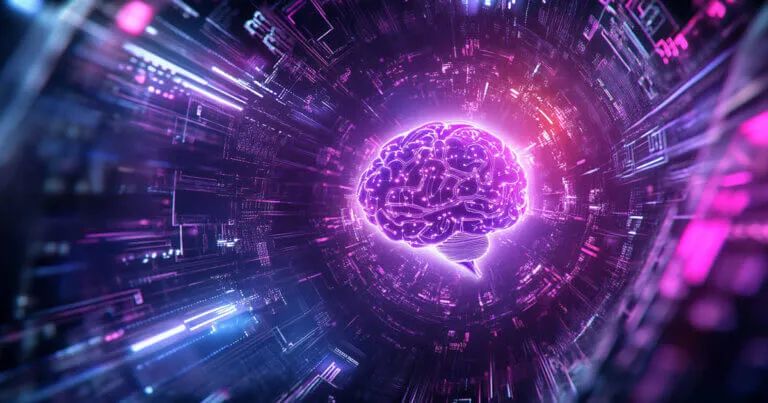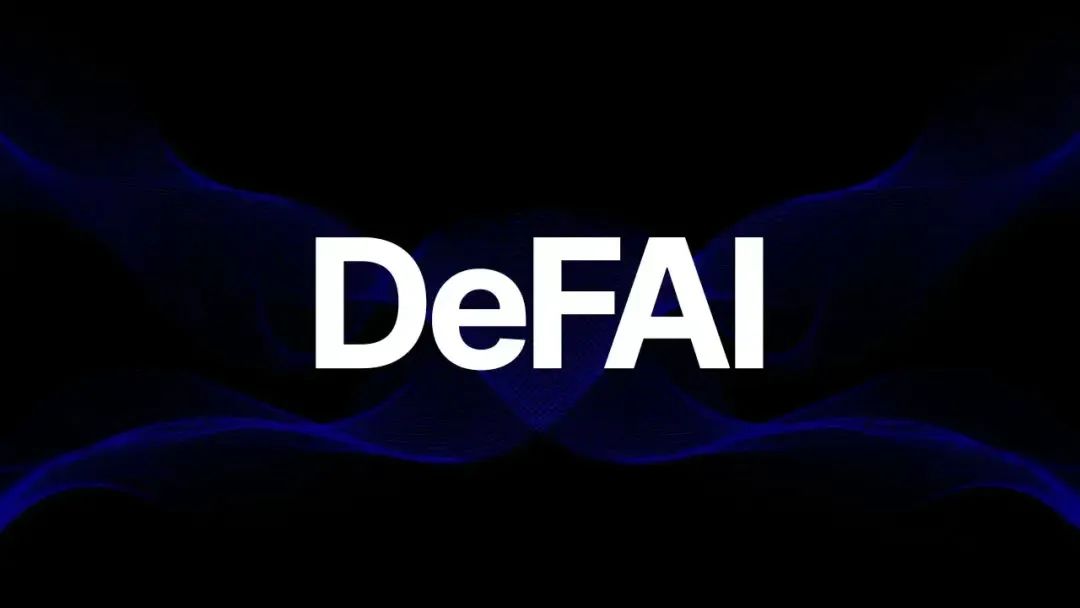Source: cryptoslate
Compiled by: Blockchain Knight
In 2025, DeFi is experiencing a new wave of innovation, and one of the hottest trends is the integration of DeFi and artificial intelligence, commonly referred to as DeFAI.
The fusion of this cutting-edge technology has the potential to disrupt our perception of finance, providing Crypto asset users around the world with better accessibility, simplified automation, and more personalized tools.
However, have the current DeFAI projects achieved the expected results?
1. What is DeFAI?
In short, DeFAI is the combination of the decentralized finance ecosystem of DeFi with AI-driven analytics and automation.
By the end of 2025, the market size of these solutions is expected to skyrocket from around $1 Bit to $10 Bit.
Leading projects such as Griffain, Orbit, and Aixbt aim to integrate AI-driven functionalities with decentralized protocols, making all aspects from trading to lending more efficient and user-friendly.
These DeFAI projects have also attracted sustained attention from traders, with tokens such as AIXBT, GRIFFAIN, HeyAnon(ANON), Autonolas(OLAS), and GRIFT from ORBIT seeing significant weekly growth.
One of the biggest advantages of artificial intelligence is its ability to sift through massive amounts of data and generate real-time insights.
On-chain data (activities directly occurring on the blockchain) and off-chain data (information from external sources) can be combined to help users make faster and more accurate decisions.
For example, Griffain uses natural language processing technology to allow users to interact with DeFi through simple, human-like commands. This means you don't need a computer science degree to navigate DeFi.
A recent research report by Binance highlights that these AI-enhanced features can bring smarter governance, better market analysis, and personalized financial strategies.
By automating portfolio management and customizing risk assessment across multiple chains, DeFAI can open up DeFi tools to a wider audience, reducing some of the complexities that have traditionally hindered new users.
Despite the promising prospects, integrating artificial intelligence into DeFi is not without its challenges.
Transparency is a major issue: How do we know the algorithms making trading or lending decisions are trustworthy?
While the decentralized nature of DeFi can improve security, combining it with AI tools can introduce new vulnerabilities if not implemented carefully.
Regulatory bodies are just starting to closely monitor AI-driven finance. As AI becomes more autonomous, the question of who is responsible when things go wrong becomes more complex.
In infrastructure projects, the blockchain + AI narrative is also more prominent in the Crypto asset space, and as AI agents improve, the creation of tools will become increasingly important.
Projects like ai16z, Virtuals, Bittensor, and SaharaAI are building codebases and infrastructure aimed at simplifying the operation of AI-enhanced protocols, researching tasks such as automated balancing and on-chain data analysis.
Meanwhile, developers are continuously emphasizing the importance of security and transparent governance in maintaining user trust, with a focus on handling fund allocation based on the output of smart contract algorithms.
These projects indicate that DeFAI can expand beyond trading by integrating artificial intelligence and blockchain into areas like risk modeling and data analysis, helping more people leverage the decentralized economy.
2. Are AI agents currently just a form of Memecoins?
DeFAI is still in its early stages, primarily focused on momentum trading similar to memecoins, and thus has significant room for rapid development.
Many AI agent tokens aspire to be part of the DeFAI revolution, but they are merely using the name of artificial intelligence as a marketing gimmick, with these tokens essentially being a form of commemorative coins without real utility.
However, as AI agents continue to improve, the perception of AI agents should shift from simply posting a token with no real added value on X (formerly Twitter), to agents with genuine utility.
Ultimately, they will become more sophisticated, capable of handling increasingly complex multi-step financial strategies. This could transform everything from decentralized exchanges to lending platforms, making asset management faster, more precise, and potentially more profitable.
DeFAI represents a turning point in the Crypto asset industry, combining the decentralized spirit of DeFi with the computational intelligence of artificial intelligence.
Yes, there are still challenges to be addressed, such as model capabilities, transparency, security, and regulation.
But if these issues can be resolved, and tokenization can increase value, DeFAI has the potential to reshape the finance industry as we know it, bringing speed, automation, accessibility, and personalization - making traditional banking feel like "relics of the past".
Earning passive income may truly become as simple as "hiring" an AI agent.
However, like any new innovation narrative, the journey to achieving this goal will be arduous, filled with scams, rugs, and failures in product-market fit.











